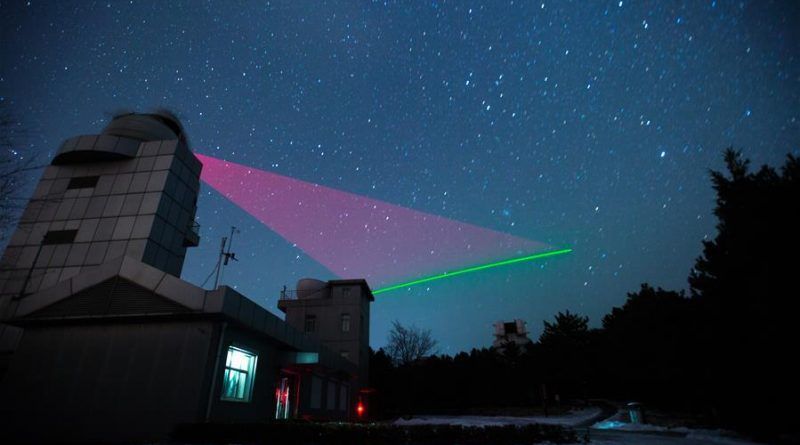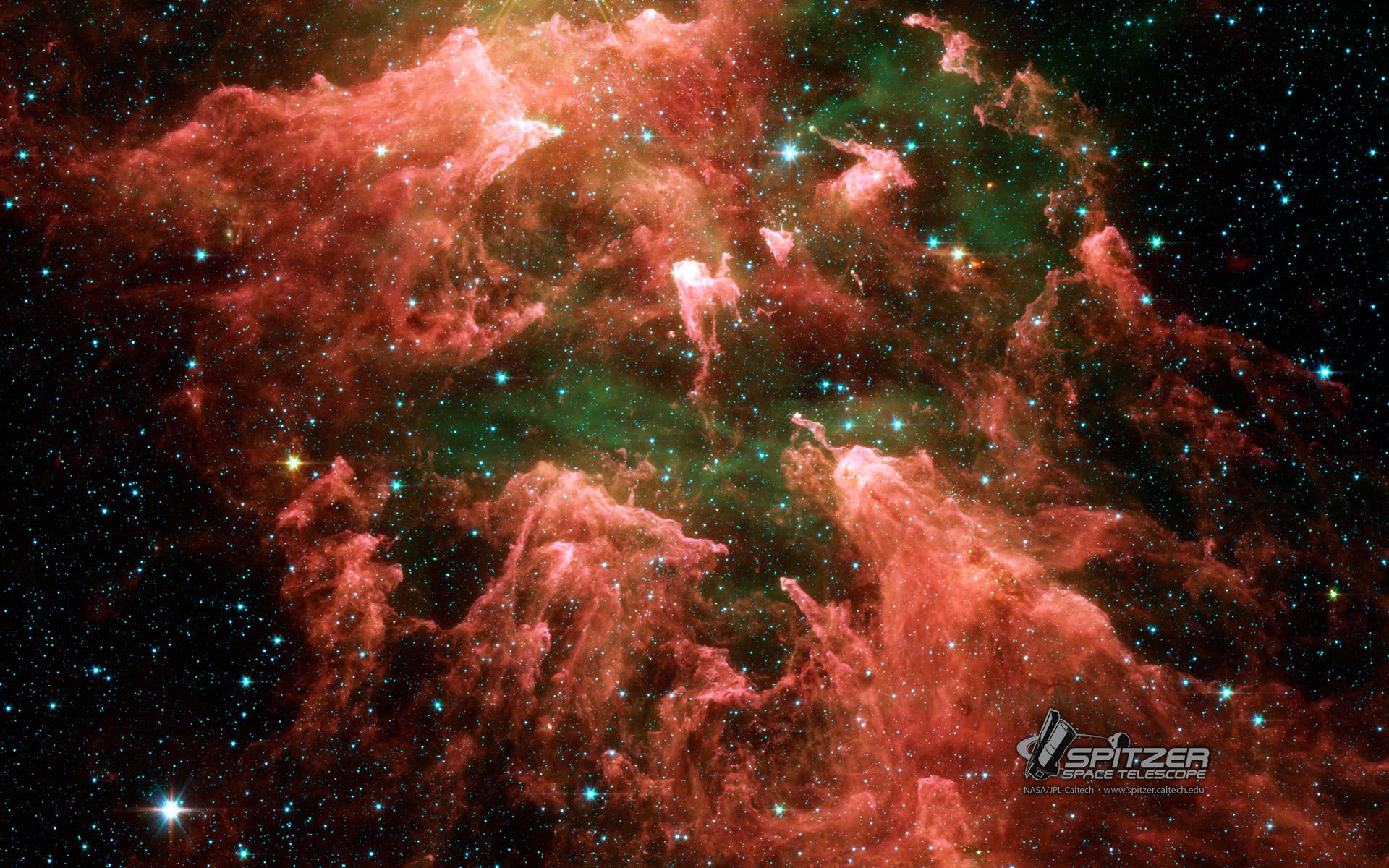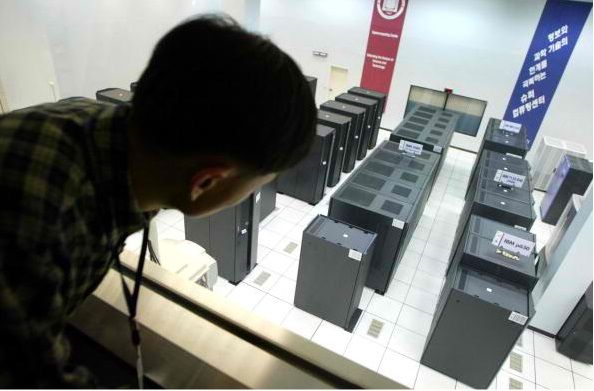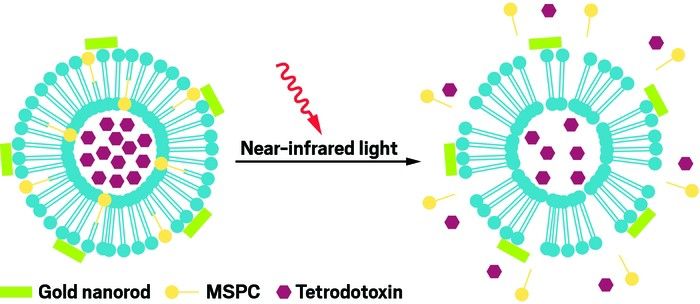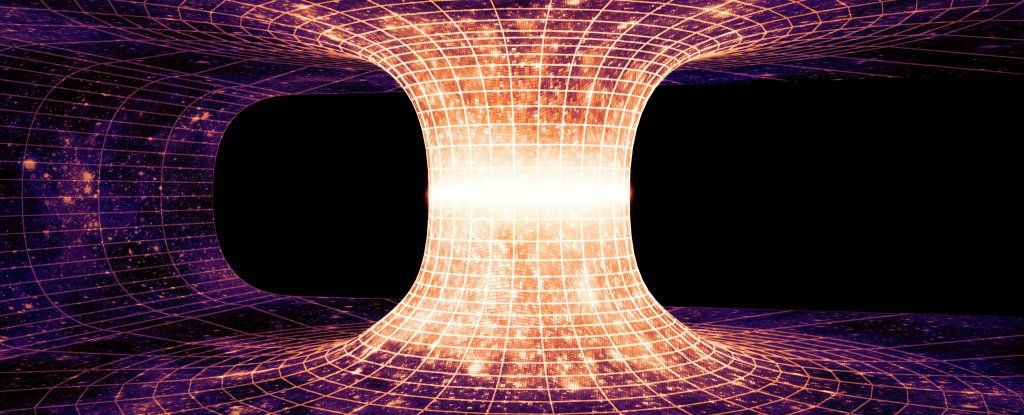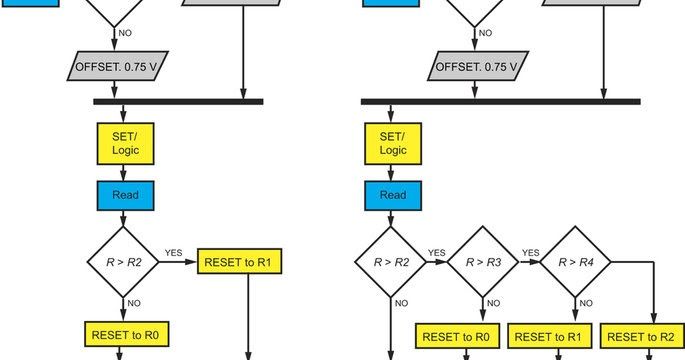Jan 20, 2017
China’s Quantum Communications Trailblazer declared Operational after Stellar Performance
Posted by Karen Hurst in categories: cybercrime/malcode, quantum physics, satellites
Nice write up on the QC news about China’s QC satellite from late Wed.
China’s Quantum Science Satellite was declared operational this week after five months of in-orbit testing, now set for a busy two-year mission demonstrating hack-proof communications by means of entangled photons as a trailblazer for what is widely considered the communications technology of the future.
The Quantum Science Satellite, nicknamed Mozi, was launched into orbit on August 15, 2016 as the world’s first dedicated quantum communications testbed, embarking on an ambitious mission dedicated to validating the principles of quantum communications across vast distances of open space.
